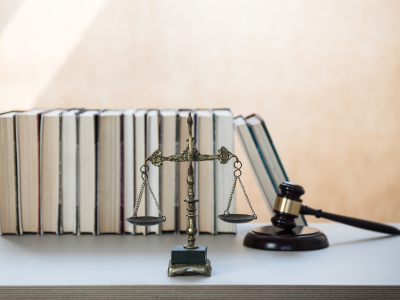Suffering a personal injury can be a traumatic and life-altering experience. Whether it's due to a car accident, slip and fall, medical malpractice or workplace incident, understanding your rights and legal options is crucial for seeking justice and compensation. This blog delves into the complexities of personal injury law, providing insights and guidance to help victims navigate the legal process effectively.
Understanding Personal Injury Claims A personal injury claim arises when someone suffers harm due to the negligent or intentional actions of another party. These claims can encompass a wide range of injuries, including physical, emotional and financial damages. Common types of personal injury cases include:
- Car Accidents: Collisions involving cars, trucks, motorcycles, bicycles or pedestrians can result in serious injuries and fatalities. Determining fault and liability in car accident cases requires a thorough investigation of the circumstances surrounding the crash.
- Slip and Fall Accidents: Property owners have a legal duty to maintain safe premises for visitors. Slip and fall accidents can occur due to hazards such as wet floors, uneven surfaces, inadequate lighting or debris. Property owners may be held liable for injuries caused by their negligence.
- Medical Malpractice: Healthcare providers have a duty to provide a standard of care consistent with accepted medical practices. Medical malpractice occurs when a healthcare professional's actions or omissions result in harm to a patient. These cases can involve surgical errors, misdiagnosis, medication mistakes or birth injuries.
- Workplace Injuries: Employees who are injured on the job may be entitled to workers' compensation benefits, regardless of fault. Additionally, if a workplace injury is caused by a third party's negligence (such as a contractor or manufacturer), the injured worker may pursue a personal injury claim against that party.
Proving Liability and Damages In a personal injury case, the plaintiff (injured party) must prove that the defendant (at-fault party) breached their duty of care and caused the plaintiff's injuries. This typically involves demonstrating the following elements:
- Duty of Care: The defendant owed a duty of care to the plaintiff to act reasonably and avoid causing harm.
- Breach of Duty: The defendant failed to uphold their duty of care by acting negligently or recklessly.
- Causation: The defendant's breach of duty directly caused the plaintiff's injuries or damages.
- Damages: The plaintiff suffered actual damages, such as medical expenses, lost wages, pain and suffering and emotional distress, as a result of the defendant's actions.
Gathering evidence to support these elements is essential for building a strong personal injury case. This may include medical records, accident reports, witness statements, expert testimony and financial documentation.

